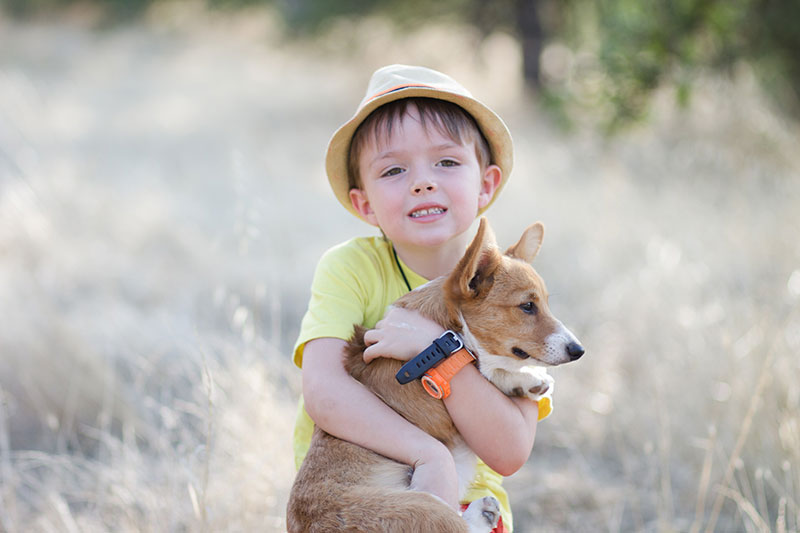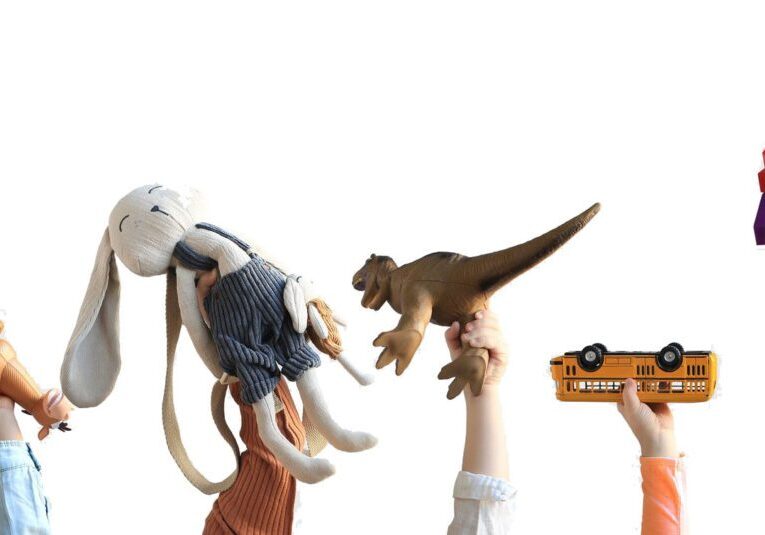Nothing makes a house feel like a home and bonds a family together better than a scampering young bundle of fur, grrrs and face-licks.
But let’s keep things real, folks. That sweet, helpless “man’s best friend” is also an animal with instincts that need to be channeled, pronto, before your little cutie-pie morphs – seemingly overnight – into a weapon of mass home destruction.
If you want to keep your home intact tomorrow, do not dally. Gaze into those puddly, I-will-never-leave-your-side eyes, and promise your little home-wrecker that you will do whatever it takes to keep him, and your home, puppy-safe.
1. Get a puppy-training crate.
Because puppies have boundless energy that you’ll likely need breaks from, your dog is going to need a safe haven. Don’t wait … get the right-sized dog crate your pup can stand up and turn around in easily, with some room to grow. Until your pup is done teething, an old towel is all he needs for a bed. Best part: you can put your puppy in his crate, leave the room or the house, and know you have temporarily dismantled your little puppy bomb, at least for a short time.
2. Straight to the vet.
A puppy you bring into your home needs a clean bill of health and inoculations to keep it and your family safe. Puppy are usually unfazed by quick trips to the vet. Use the crate to safely transport your pup – resist the urge to let your puppy be loose or on your lap in the car.
3. Gate him off.
If you let your dog run loose throughout your home, you are asking for trouble. In addition to the crate, designate puppy-safe indoor areas that can be cordoned off, preferably without carpeting, until your pup is fully potty trained. Kitchens, bathrooms, mudrooms and laundry rooms work well. Puppies chew things throughout their teething phase. Do not let your puppy have access to electrical cords or other items that could become shock or choking hazards. “Puppy-proofing” is similar to “baby-proofing.” Keep things you care about out of reach – remotes, shoes, cell phones, etc. Find out if you have houseplants that may be toxic to dogs.
4. Set your alarms.
Eventually your pup will be able to make it all the way through the night without any potty breaks. Until then, set an alarm for the amount of time you know he can hold it. When the alarm goes off, scoot your pup straight outside, give the command to go, and praise the results. He’ll soon learn where he’s supposed to go to take care of business when he’s let out of his crate.
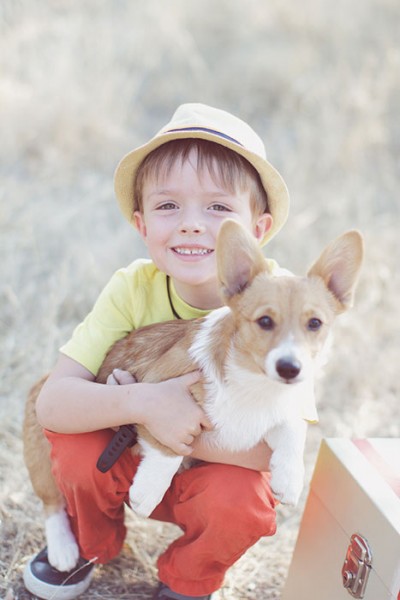
Photos by Tracey Hedge of Firefly Mobile Photography.
5. You have more than one new best friend.
The first is edible – stock up on the extra-special treats many dog trainers recommend as essential for training your puppy. Buy a large tub of chicken jerky or freeze-dried liver. Wield these treats wisely and judiciously for good behavior, and you will quickly train your savage beast. Now’s the time to get recommendations for local trainers who teach canine obedience classes and offer private sessions. Your trainer will likely become another bestie. Get the entire family involved in training your pup and learning about canine behaviors – just one or two private lessons can make a noticeable difference in the quality of your lives together at home and in public.
6. Buy quality dog food.
It may cost a little more, but think of high-quality food as an investment. Just like an apple a day keeps the doctor away, high-grade food can keep the vet away. Young puppies should be fed small amounts three to four times a day; check with your vet for guidance. Dogs ages six months and up can typically be fed twice a day, morning and evening, though your vet may recommend feeding large breed dogs smaller amounts more frequently to prevent gastric issues. Your new puppy will also need constant access to fresh, clean water except when he’s asleep in his crate.
7. Provide natural “chewies.” Raw bones and non-toxic chew toys and treats are your best bet for coping with the chewing stage. Don’t give your dog cooked bones as they can splinter and become a choking hazard. Raw carrots are an inexpensive chew treat. Be leery of rawhide chews, no matter how rampant in pet stores, because they do not digest easily and sometimes contain toxic additives. Tip: Purchase bitter apple spray to apply to furniture legs, upholstery, or any chewable surfaces within your pup’s reach during teething time.
8. Be ready for anything.
By “anything,” I’m referring to pee and poop. If you are prepared for an accident before it happens, you’ll be calmer if and when it does. Be prepared for the worst, and try not to over-react when accidents happen. Keep clean-up supplies and enzyme spray at the ready to remove the scent from the scene of the crime.
9. Keep cool.
You wouldn’t hit or scold your child harshly for making a mistake during potty training, right? So when your puppy has a whoopsie, redirect without scolding. Never yell or use physical punishment. Calmly take your puppy outside to finish the job, and then calmly put him in his crate. Clean up the mess without grumbling, and spray the spot with an enzyme neutralizer to eliminate the likelihood of a repeat.
10. Enjoy playtime.
Make sure your pup gets enough time outside and plenty of exercise, and you’ll benefit from less wear and tear in your home. Let your puppy run loose outside, with supervision, a few times a day. Take him out on a leash for a daily walk or run. Fresh air and exercise is good for the whole family, and puppies that get enough exercise sleep better! If it’s too cold or wet to go outside, get down on the floor and play. When you wear your little guy out before bedtime, you’ll all sleep better.
Enjoy your puppy! He won’t stay little for long, and in return for your loving attention he’ll provide an abundance of love and companionship for the whole family.
Preparing for Your Your Pup
Here’s what you’ll need to keep your puppy safe and happy, and to help you, your family and your puppy adjust as smoothly as possible to each other and to your new routine.
- Dog crate & towels
- Stainless steel food and water bowls
- High-quality puppy food
- Vet visits
- Pet-proof doorway gates (can use baby gates)
- Enzyme cleaner & rags
- Dog training treats
- Collar or halter
- Leash
- Bitter apple spray
Comment Policy: All viewpoints are welcome, but comments should remain relevant. Personal attacks, profanity, and aggressive behavior are not allowed. No spam, advertising, or promoting of products/services. Please, only use your real name and limit the amount of links submitted in your comment.
You Might Also Like...
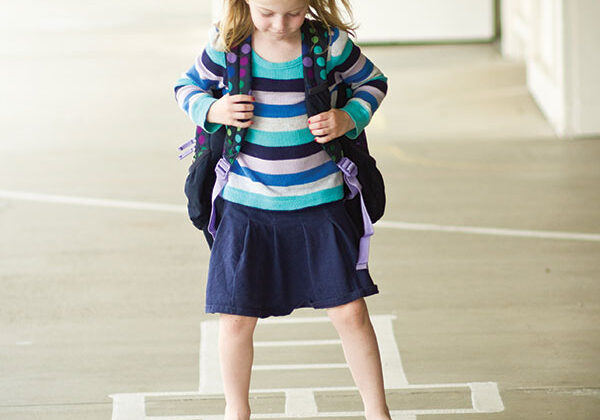
The First Back-To-School Journey
It’s August and back-to-school reminders are everywhere. Parents of preschoolers, this means your first back-to-school journey is about to begin. In the year before kindergarten, there are important steps you […]
Doesn’t Bug Me
I remember the afternoon when one of our girls, a toddler at the time, brought me a treasure from our yard clutched in her chubby hand. Holding her fist up to […]
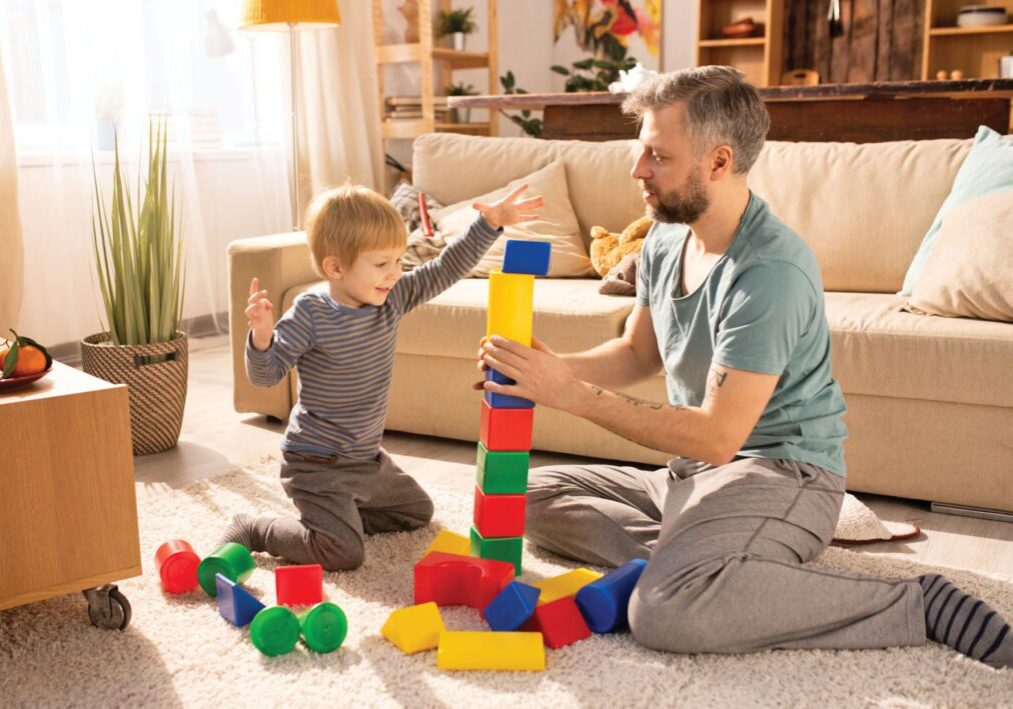
From One Dad to Another: The Power of Showing Up
A few weeks after my son was born in December 2021, I sat in the darkness, gently rocking him to sleep. His tiny fingers wrapped around mine and I felt the […]

Teen Friends and Friendships: How to Be Your Kid’s Safety Net
My daughter’s middle school years were full of friendship drama and it seemed like her friend groups changed every week. When it was time for high school, I worried she’d […]


